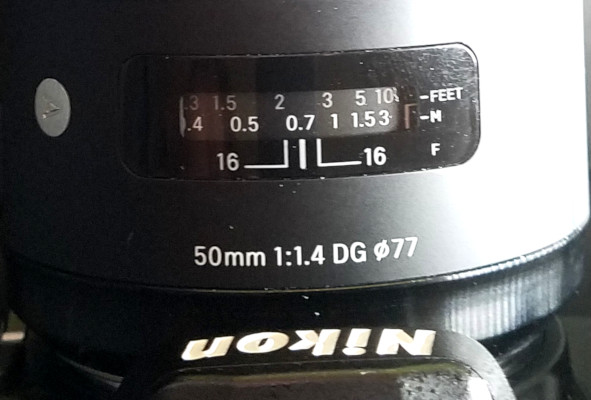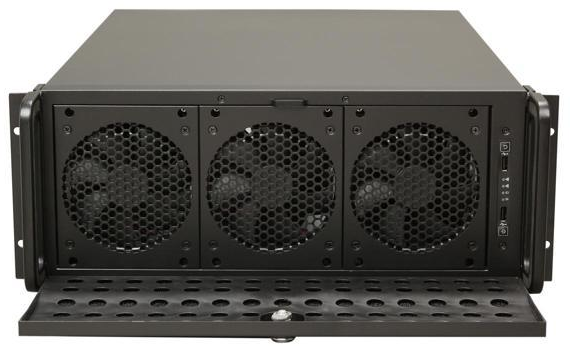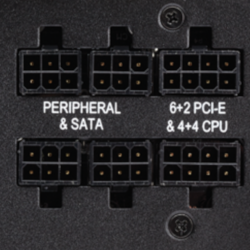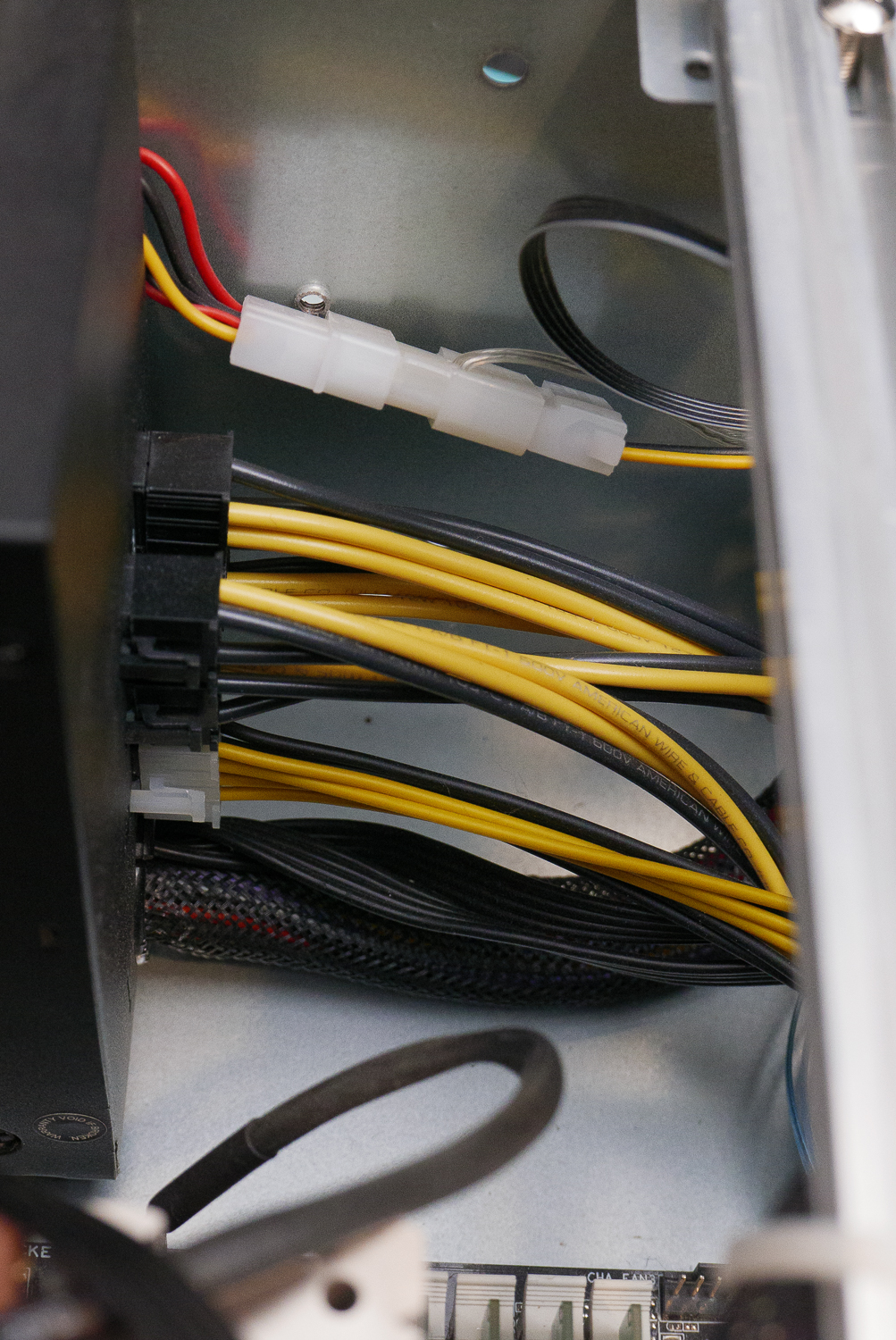Time to dredge up a 4 year-old article on Ask the Manager that I only recently discovered (via one of those list articles). It’s called “Employee got her colleagues arrested for smoking pot at a conference and now wants a transfer“. And oh man is there a lot to say about this. First the letter:
Three of my reports (two staff and their team manager) were sent to a two-day conference on the other side of the state. According to one of the staff, Sally, when they were back at the hotel after the first day the team manager invited the two of them into his room and offered them a joint to smoke with him. Sally declined, her colleague did not. Sally told the front desk what her manager and colleague were doing, and the hotel called the police after confirming it. Sally checked out and took a Greyhound back to our city because she was so upset. She showed me and my boss a photo of the team manager smoking the joint and stated she was angry and upset at having an illegal drug pushed at her and pressured to use it.
Our state has not legalized marijuana for medical or recreational purposes. Both Sally’s team manager and colleague were arrested for possession. They were also given a reprimand for behaving that way on a work trip. Sally stated her objections to the fact they were not fired and reiterated her dislike of marijuana. She has put in for a transfer and stated if she is not given one, she will quit.
I agree it was inappropriate, but I think Sally is overreacting. I disagree with the marijuana laws in this state and believe in legalization. I partake myself occasionally. I understand it was completely inappropriate on a work trip and she shouldn’t have been pressured, but I think Sally is going way overboard with her crusade and telling the hotel and everything. How do I talk to her and address this with her? I’m also upset that she left the conference and came home early. I would have told her to decline it but to stay for the second day and privately talk to me after the conference.
Standing out is the apparent lack of empathy for Sally. In the letter, Alison’s response, and especially in the comments. Did anyone talk to her to learn why she reacted how she did? Did anyone attempt to figure out a full chain of events? There are a lot of gaps in the narrative presented in this letter, and I feel it’s intentional.
Two details come to mind that absolutely are relevant here.
- What is Sally’s history with marijuana and other illegal substances? And has she had contacts with law enforcement over this, either because of her own personal involvement or the involvement of friends and/or family? This will inform how she responded.
- What is Sally’s race?
The first question will help determine why Sally’s unusual response occurred. As many in the comments section reflect, most wouldn’t have responded the way Sally did. Or at least most claim they would not do that. But the second question is also very relevant.
The war on drugs has been supremely racist in its prosecution, I think we can all agree. So if Sally is black or Latina, the risk to her is greater than it would be if she is white. And Sally would also likely be acutely aware of that, especially if she’s had any prior contacts with law enforcement. (Several in the comments did raise the point that Sally could be a minority or POC, but it was typically dismissed whenever it was raised. How ironic from a site that tends to give left-leaning vibes with a lot of other subjects.)
So let’s start with the obvious: the manager’s illegal conduct. Upon learning of this situation, the business they were representing should have gone into damage control. They should’ve immediately fired the manager and colleague for their illegal conduct and made it clear to everyone in the company that illegal conduct will NOT be tolerated.
But everyone, including Alison, was ignoring the fact the manager’s conduct is illegal. Disagreeing with a law is one thing. And I’ve made it no secret my disdain for the war on drugs. But the law is still the law. And breaking the law is still breaking the law, whether you disagree with the law or not. The realities of how drug charges are levied against people seemed completely lost on Alison and the commenters over their assessment that marijuana just isn’t a big deal. They ignore the reality of how drug laws are enforced simply because they don’t agree with those drug laws.
Sorry but the world doesn’t work like that.
Something thankfully pointed out by one commenter calling themselves “Blame the Manager“:
Whatever your personal feelinga (sic) about drugs and drugs laws are, they are irrelevant. You have to deal with the world as it is, where smoking weed risks arrest – and everyone who smokes weed in areas where it’s illegal knows that.
They go on to say that Sally’s reaction to her manager’s illegal activity isn’t as unreasonable as many want to make it out to be, speculating on Sally’s actual actions based on the little detail the LW gave.
One other very relevant question: how did the manager acquire the marijuana? Did he buy it in the conference city, or bring it with him? In either case, Sally likely did not want to be near them on the off chance they transported any surplus back home with them if they all carpooled.
Since the risk becomes all of them getting arrested if they get pulled over. Drug possession is typically a strict liability offense. Saying “it’s not mine” largely doesn’t matter unless you can prove it was planted. Unless the illicit substances are on the person of one of the occupants, the police and law may treat the situation as if all of them are in possession. Recall from the letter that both the manager and colleague were arrested for drug possession.
And if Sally is a minority but the manager and colleague are white, it could end up that Sally is the only one in trouble. Again, unless whatever surplus was on the person of one of the occupants.
Even if Sally did nothing but merely left the room when the pot was offered, that doesn’t put her entirely in the clear. Since if law enforcement had still gotten involved, the manager and colleague could’ve still found a way to pull Sally down with them. Even if she was never actually charged, if she’s arrested, that could still come back to bite her in the future. Yet everyone seemed to completely disregard Sally’s desire to cover her own ass.
Again the drug war has been very racist in its prosecution, so we can’t discount this possibility. And Sally’s history with marijuana laws likely explains why she “noped” out of there. Checking out of the hotel early and taking a bus home to get away from two people who could get her in a heap of trouble.
Again this reality was largely ignored. Instead it seemed many in the comments section were quick to defend the manager, focusing their attention on the repercussions a drug conviction could have for them. Empathy for Sally’s position in that mess was largely non-existent.
Why did Sally take a picture of the boss smoking pot? She needed some kind of evidence to back up her claims when putting in for a transfer (which likely would’ve accompanied a formal complaint). That also tells me she didn’t expect the manager and colleague to get arrested – again, the hotel called it in.
Alison’s response to this letter also leaves a LOT to be desired, unfortunately. One thing any manager must avoid is letting their own personal biases cloud their judgement. And on that, Alison failed miserably.
Oooof.
Yeah, I agree Sally is way overreacting, but I want to be transparent that I’m having trouble parsing out how much of that is colored by my opposition to arresting and jailing adults for marijuana use.
I’m curious to know more about what she means when she says that she was pressured to use marijuana. Does she mean it was simply offered to her? That’s not really pressure, not any more than offering someone a glass of wine when other people are partaking is pressure to drink. But if her boss and/or the coworker were seriously pressuring her (dismissing her no, trying to cajole her into it, or giving her a hard time when she wanted to leave), then yes, that’s messed up.
Either way, though, taking a photo, alerting the hotel, and cutting the trip short and taking a bus back to your city is a pretty extreme reaction, unless there’s more to the story that we don’t know.
But the manager really screwed up here and I’d be having a serious talk with him, because he showed terrible judgment in offering Sally a joint. Given that he didn’t see her reaction coming, he clearly didn’t know her well enough to have been smoking pot around her in the first place (even if there was no pressure whatsoever). You should be upset with him for his lack of judgment.
As for what to do now … well, does it make business sense to transfer Sally? Is the job she wants to be transferred to one that’s open and one that she’d be good at? Do you typically transfer people pretty easily? How’s her performance generally? Is she someone you want to retain? Has she shown good judgment in tricky situations in the past? What are her working relationships going to be like with these colleagues going forward, if she stays where she is and if she moves? In particular, is it realistic for her to keep working for someone who she got arrested? I’d consider all of those factors in deciding whether or not to transfer her.
But if those factors don’t add up to a transfer making sense, I think it’s fine to tell her that you’re not able to give her the transfer and that you understand if that means that she choses not to stay in her job.
As for talking to her about leaving the conference and coming home early and about going overboard in general … I suppose you could frame it as something like, “Let’s talk about how to handle it in the future if you’re uncomfortable with a colleague’s behavior.” But I think you’re better off letting it go. It really doesn’t sound like you’re going to convince her that she was wrong to do those things — and unfortunately the law is on her side on the reporting — so I’d just focus on moving forward from here.
On the question of whether Sally was “pressured”, the manager/subordinate power dynamic means that the manager offered the joint to her is all that matters. How he offered it is immaterial. That power dynamic is so important to the discussion, but, again, Alison completely dropped the ball here.
“Blame the Manager” pointed out that Sally is the one being punished by the company for the manager’s illegal activity. Many feel that marijuana is “not a big deal”, but that doesn’t change the fact it is still illegal under the laws of many States and the Federal jurisdiction. And how those laws could be enforced against them is also very important to the discussion, especially if Sally is a minority.
Again, the company should’ve gone into immediate damage control and made it clear that illegal conduct will not be tolerated. Sally should never have needed to discuss a transfer because the manager and colleague should never have been retained.
And the update the LW gave was all the more gut-wrenching with this:
Thank you for answering my question Alison. As always your advice is spot on. I appreciate all the comments as well.
Since I sent in my letter some things have happened. Sally was not given a transfer and she was given a reprimand and sent home for a half day to make up for the unused costs of the hotel and conference. This was not my decision.
Sally ended up seeking legal advice and the company had to do damage control because she framed it as her male boss telling her to come into his room at night and pressuring her to take a drug that is illegal and mood-altering, and was penalized for reporting it to the hotel while trying to protect the company and their decision to phone the police, and given a harsher penalty than the people who did the illegal thing and not allowed a transfer and forced to work for the boss she reported and told not to be insubordinate again. Again I was not involved in the decision to reprimand her.
When Sally quit two people also left in protest and several others threatened to based on her treatment. The company decided to try to settle with her because a lawyer told us we really dropped the ball. I agree. I think Sally overreacted but I was upset that she received a worst penalty than her boss and colleague.
Thanks again everyone and sorry I don’t have time to reply to everyone individually.
There’s no indication the manager and colleague were fired for their – say it with me – ILLEGAL ACTIVITY! And, worse, Sally was reprimanded along with having her transfer denied and told to not be insubordinate. Talk about inadvertently establishing a culture where those who report illegal activity (though it was, again, the hotel that called the police) will be reprimanded while the lawbreakers will not.
Unsurprisingly, Sally ultimately resigned. Several others left with her, and several others threatened to do so, citing how the company treated Sally. Which that unto itself is noteworthy.
And after having the situation explained to them by an attorney, the company settled with Sally to avoid a potential lawsuit where… even if they won, the company definitely would not have looked good in the process. Reprimanding an employee who was offered pot (which is, again, illegal in the State in question) by their manager in a hotel while out of town during a conference, while retaining the manager without reprimand. There’s no way to frame that in a way that looks good for the company.
Now should Sally have left the conference early? I don’t see any reason to say “No”. Even if Sally isn’t a minority or POC or has never had any contact with law enforcement regarding illicit substances, she may be well versed in how drug laws are enforced and wanted to distance herself from a very apparent risk. The only way to know that would’ve been to discuss how she responded to get details.
If I was in Sally’s situation, I likely would’ve done much the same. I would’ve gone into some kind of personal damage control mode to ensure there was no way my manager and colleague’s illegal conduct came back on me. Since, as I pointed out above, even if Sally merely left the room when the pot was offered and didn’t inform the hotel, the chance of law enforcement still getting involved was not zero. And if they still got arrested, they still could’ve thought of a way to pull Sally down with them.
Leaving entirely was the only way to get that chance as low as possible. She could’ve gone to another hotel, yes, but the fouled manager/subordinate dynamic still meant Sally would’ve wanted to transfer out from under her manager. And any disquiet she has with marijuana would’ve made her uncomfortable being around them for the remainder of that conference as well.
So, again, I see no reason to believe Sally’s early and sudden departure from the conference venue was inappropriate.
How she was ultimately treated by her employer, though, absolutely was.














You must be logged in to post a comment.